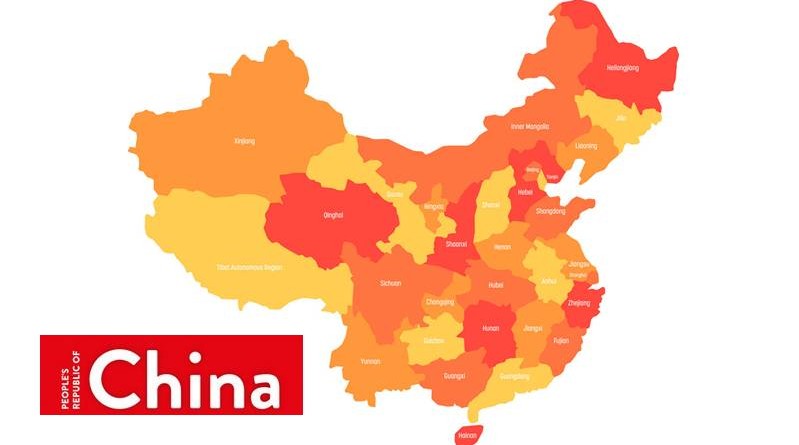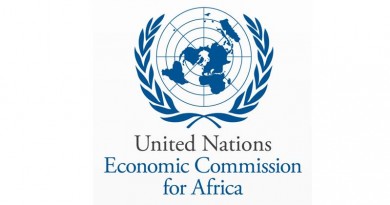China predicts weaker economic growth and warns of ‘hard struggle’ ahead
A ceasefire in the trade war is unlikely to stop China’s economy from slowing further this year.
The Chinese government on Tuesday predicted economic growth of between 6% and 6.5% in 2019. That would represent a decline from last year’s 6.6% rate of expansion, which was already China’s weakest annual growth in three decades.
“There has been a more complex and severe environment facing our country’s development this year,” Chinese Premier Li Keqiang said in a speech. “There are greater expected and unexpected risks and challenges, and we have to make full preparations for a hard struggle.”
Li announced the growth target, which is in line with most economists’ forecasts, at the start of this week’s annual meeting of the National People’s Congress, China’s rubber-stamp parliament.
Chinese growth has lost momentum following government efforts to crack down on risky lending, which starved many companies of the funds they needed to expand. The world’s second largest economy has also started feeling the effects of the trade war with the United States, which has resulted in new tariffs on about $250 billion of Chinese exports.
Trade tensions now appear to be cooling off. US President Donald Trump said last week that the two sides are “very, very close” to a deal and that he plans to meet Chinese leader Xi Jinping for a “signing summit.”
The Wall Street Journal reported Sunday that the meeting could happen around March 27 and that the potential deal could involve the lowering of China’s tariffs on a range of US goods if the Trump administration removes some or all of the new tariffs it imposed on Chinese exports last year.
Global slowdown looming
That would be a clear positive for the Chinese economy, but it’s not expected to kick-start its growth engine.
Global economic growth is expected to slow this year, according to the International Monetary Fund. And China, the world’s biggest exporter, is expected to suffer from slumping demand.
“The weakness in the global economy that we anticipate over 2019-20 is due primarily to country-specific factors that we believe will cause each of the world’s major economic regions to slow,” Neil Shearing, chief economist at research firm Capital Economics, said in a note to clients Monday. “So while a deal between the US and China on trade would clearly be good news, we won’t be rushing to change our forecasts.”
Beijing has in recent months announced a slew of measures worth hundreds of billions of dollars that are designed to stimulate the economy. They include tax cuts for small businesses, lower import tariffs, higher infrastructure spending and looser monetary policy.
But many of them could take months to have a real impact on the economy.
There will be a “time lag for the economic stimulus measures to take effect,” said Tai Hui, Asia-Pacific chief market strategist at investment firm JPMorgan Asset Management. Analysts predict the slowdown is unlikely to bottom out until the middle of this year.
Recent efforts to lift the economy have also prompted concerns they could worsen China’s high levels of debt, which is what happened in the government’s previous stimulus binges. The total amount of debt in the Chinese financial system is now several times the size of the entire economy, according to the Bank of International Settlements.
“They need to strike a balance between boosting economic activity and not restart another debt-fueled boom,” Hui said.




